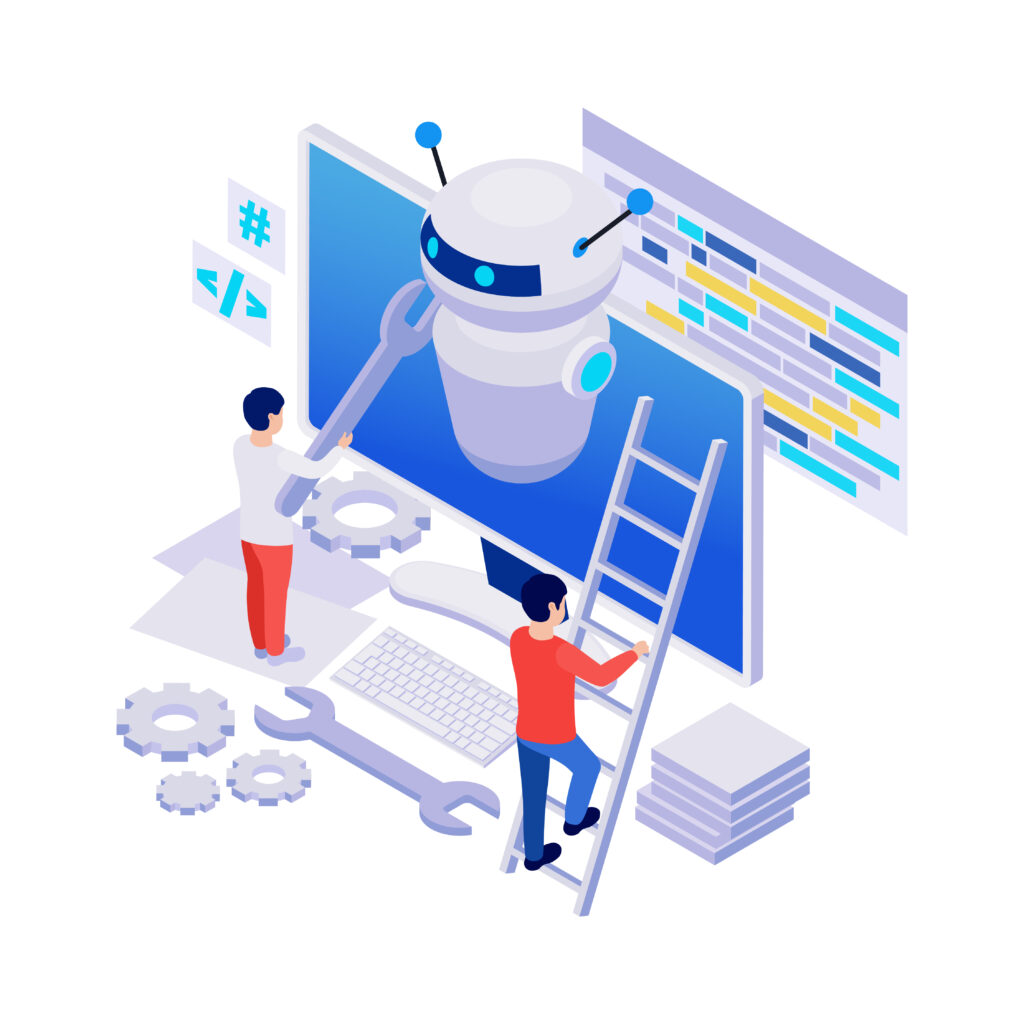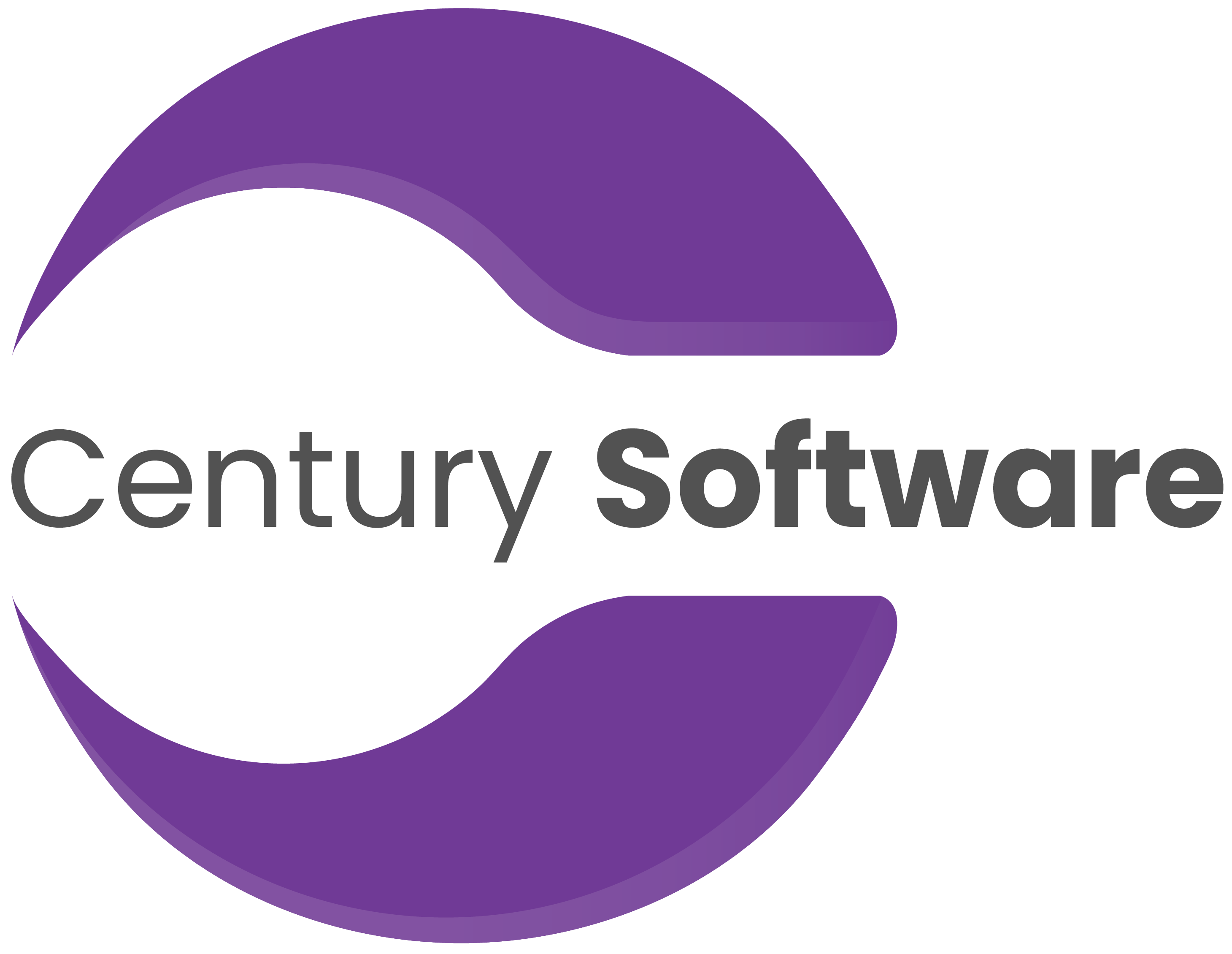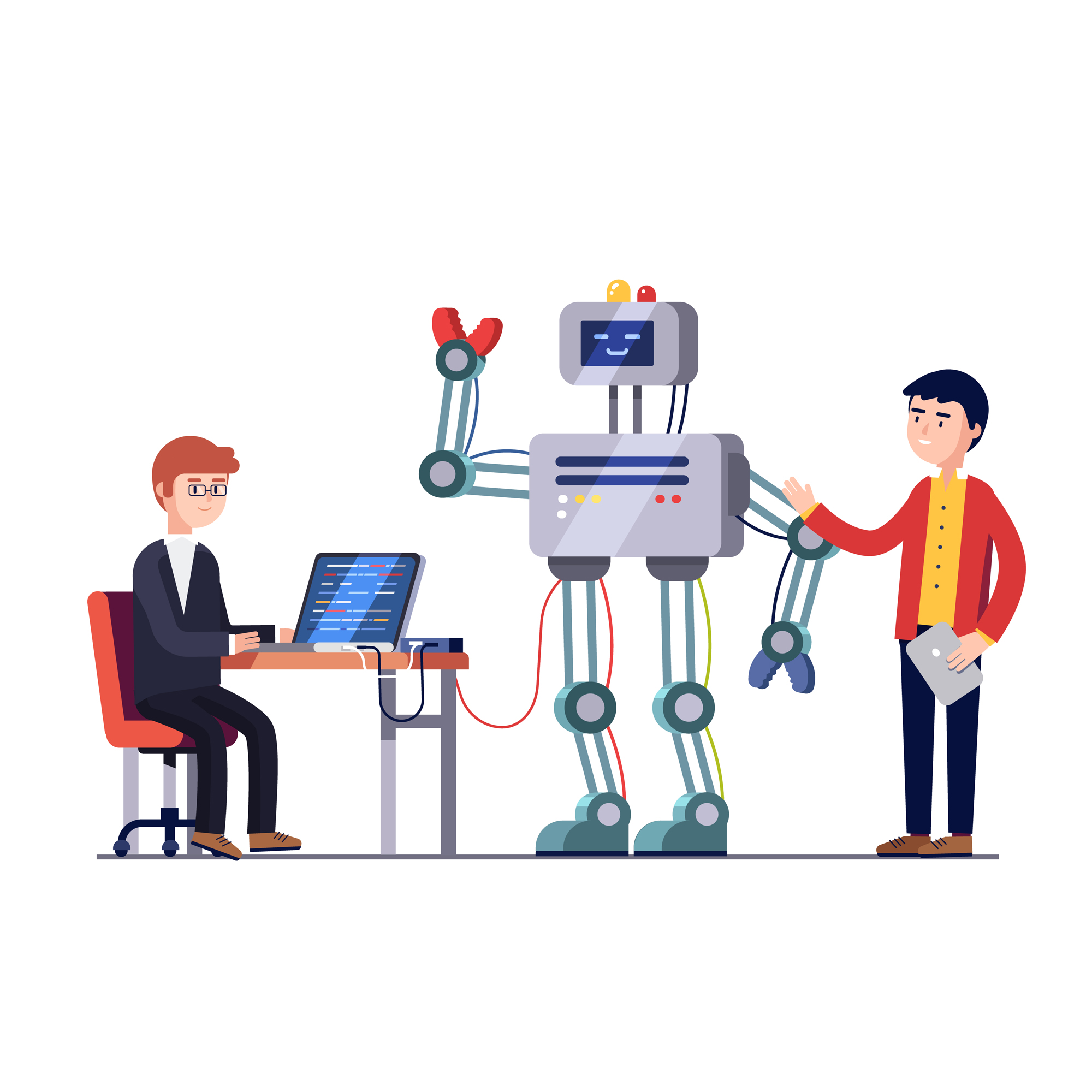
Robotic Process Automation (RPA) is a technology that leverages software robots or “bots” to automate repetitive, rule-based tasks traditionally performed by humans. These RPA bots mimic human actions within computer systems, interacting with user interfaces, manipulating data, and executing tasks with speed and accuracy. It aims to automate mundane and repetitive tasks, freeing up human employees to focus on more strategic and value-added activities.


